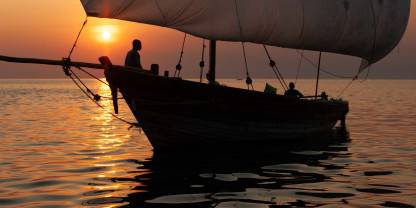
Climate Chart Blantyre – 780-1,612m / 2,559-5,289ft
Malawi is situated in the tropics and receives good rainfall. It has a Dry season from May to the end of October, and a Wet season from November to April. In the Wet season, many roads deteriorate and a 4x4 vehicle is essential. In October, at the end of the Dry season, temperatures rise and relief comes only when the rains start.
Blantyre’s Climate Compared to Malawi’s Parks
Blantyre, Malawi’s commercial hub and second-largest city, has a warm climate typical of most of the country. The major exception is high-altitude areas such as Nyika National Park, which have a much cooler climate, with temperatures decreasing by about 6°C for every 1,000m you ascend (or 3.5°F per 1,000ft).
Blantyre, Malawi’s commercial hub and second-largest city, has a warm climate typical of most of the country. The major exception is high-altitude areas such as Nyika National Park, which have a much cooler climate, with temperatures decreasing by about 6°C for every 1,000m you ascend (or 3.5°F per 1,000ft).
Dry Season – May to October – Winter
 View Photos
View Photos
There is little to no rainfall during the entire Dry season and humidity is very low. Animals will gather around and other permanent water sources.
- May – This is the end of summer and the rain has stopped. Temperatures are relatively cool, averaging 16°C/61°F in the morning and 26°C/79°F in the afternoon. Nighttime temperatures start to drop.
- June, July & August – The average morning temperature is 14°C/57°F. Bring warm clothing for the cold morning in open vehicles. Afternoons will be more pleasant, with temperatures around 25°C/77°F. Due to its high altitude, Nyika Plateau is much colder.
- September & October – The heat gradually builds, and the first rains bring relief from very dry conditions. Daytime temperatures will be around 29°C/84°F in September and 31°C/88°F in October, the latter being the hottest month. Peak temperatures can be much higher.
Dry Season Photos
Wet Season – November to April – Summer
 View Photos
View Photos
- November – This month is unpredictable. The rain starts in the afternoons. Average temperatures are 20°C/68°F in the morning and 31°C/88°F in the afternoon.
- December, January, February & March – These are the wettest months, characterized by torrential afternoon downpours. Afternoon temperatures are around 29°C/84°F and the humidity is high.
- April – Rain is decreasing, and so are the temperatures. Daytime temperatures still reach around 27°C/81°F, but evenings and early mornings can be chilly.






